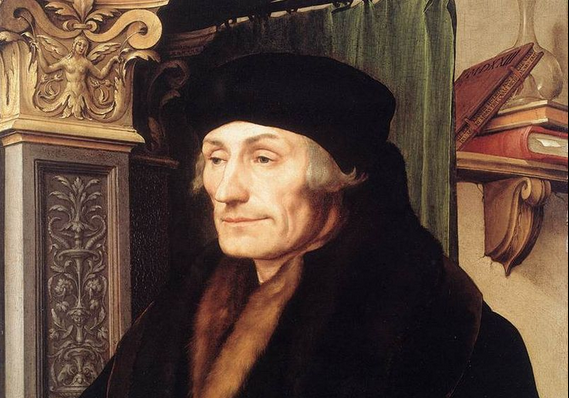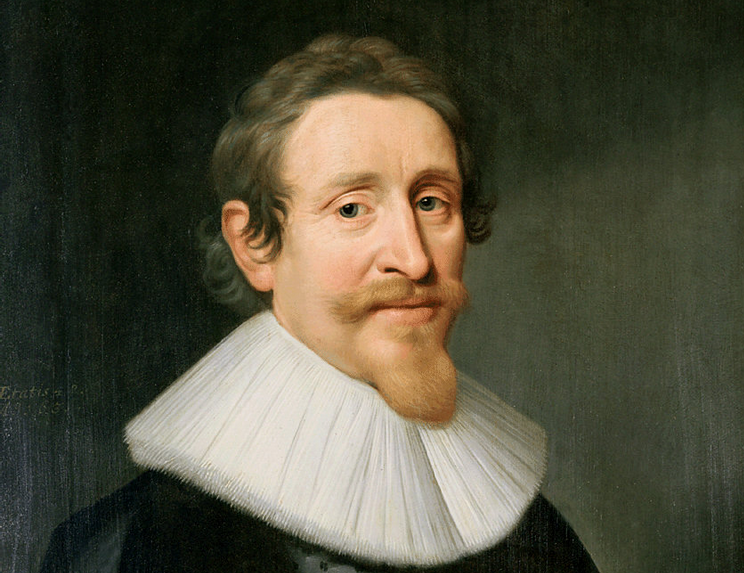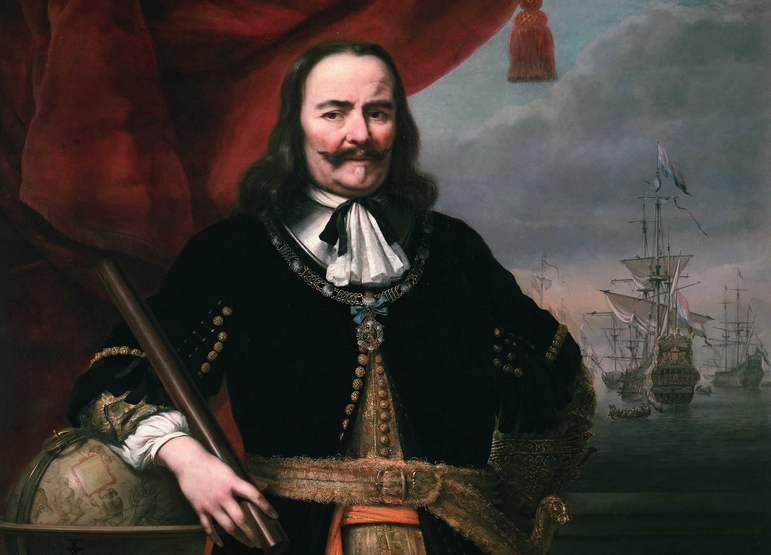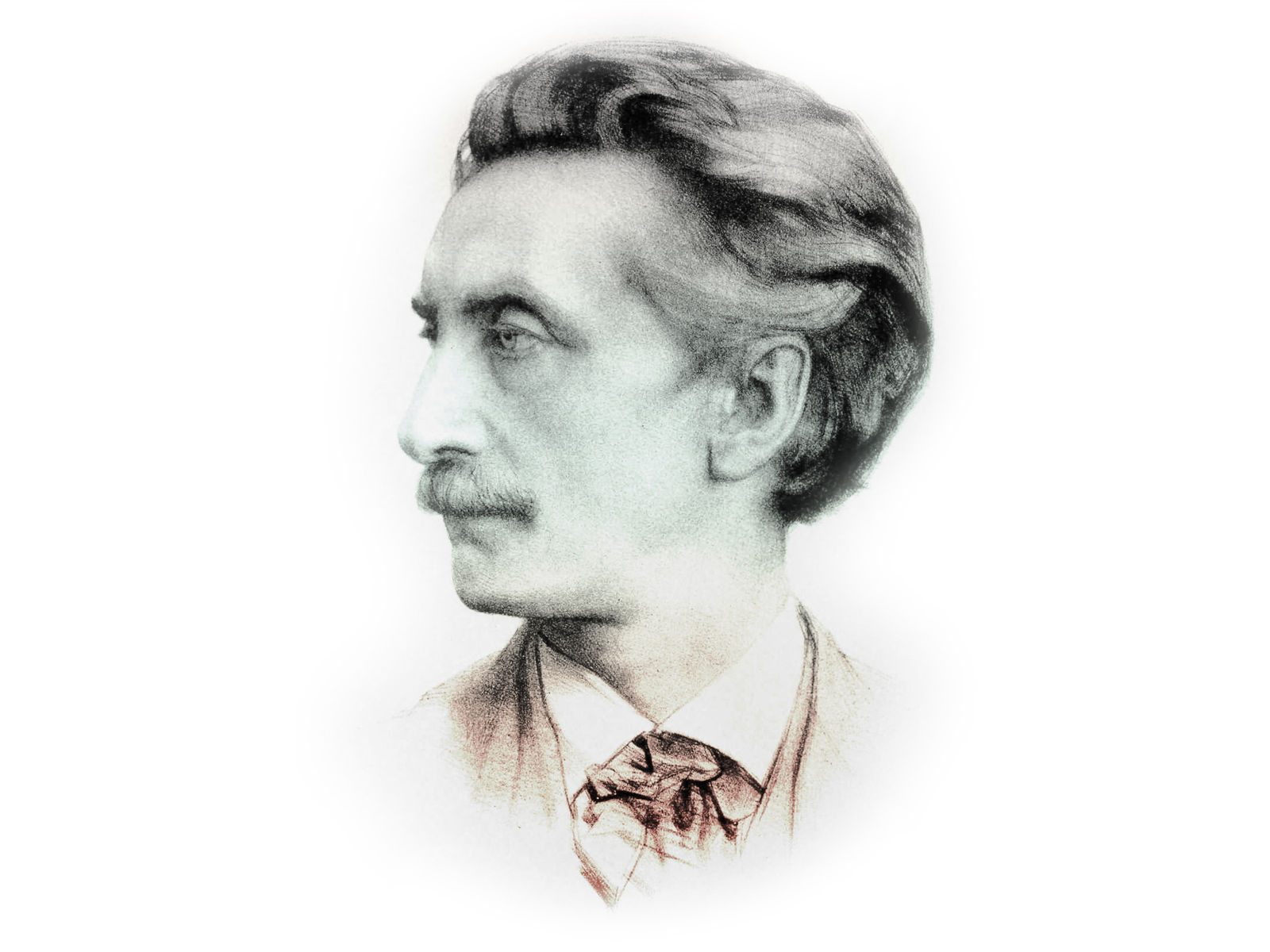12 men who helped shape the Netherlands into what it is today

They’ve given their names to schools, to squares and to streets – every Dutch town seems to have a Hugo de Grootstraat, for example – but who are the men behind the name plates? Here’s a quick profile of 12 masters of war, learning and thought who helped shape the Netherlands into the country it is today.
Willibrordus
Willibrordus (658- 739), a Northumbrian priest, is the most famous missionary to come to the Netherlands. Called the ‘apostle of the Low Countries’, he had no success whatsoever converting the stubborn Friesians to Christianity. It wasn’t until the end of his life when he had settled in Utrecht that cohorts of missionaries sent into Frisian territory managed to convert some – but not all – Frisians.
Erasmus
Desiderius Erasmus (1466 – 1536) was a priest, philosopher, writer and humanist whose best-known work is In Praise of Folly (1509), a satire on the follies of mankind, the vanity and frippery of bishops and princes of the church included. The book paved the way for the Reformation. Erasmus was an educational reformist as well: he disapproved of corporal punishment and thought the study of the Latin and Greek texts would teach children all the moral values they needed.
Charles V
Charles V (1500- 1558), Holy Roman Emperor, king of Spain and regent of the Low Countries (the area that now covers the Netherlands, Luxembourg and Belgium) decided to turn the 17 provinces into an administrative union in an effort to make some of the bits of his vast empire a bit more manageable. This is seen as a first step towards Dutch nationhood.
William of Orange
William of Orange (1533-1584) is regarded as the ‘father of the fatherland’. His revolt against fiercely catholic Philip the Second of Spain who was tightening his religious and financial grip on the Netherlands started the Eighty Years’ War which eventually led to the independent United Provinces in 1581. Philip put a price on his head and French Catholic Balthasar Gérard took him up on it. In 1584 he shot William in the Prinsenhof in Delft where the bullet holes in the wall can still be seen.
Hugo de Groot
Hugo de Groot (1583-1645) was a lawyer and theologian.

He wrote his book De Jere Belli ac Pacis (On the law of War and Peace) in exile having famously fled his native country concealed in a book chest after his religious work got him in trouble with the authorities. That publication earned him the title of ‘father of international law’.
Rembrandt van Rijn
Rembrandt van Rijn (1606-1669), the Netherland’s finest painter and ongoing source of income for the Dutch tourist industry, was born a miller’s son. Apprenticed to Pieter Lastman, Rembrandt began a career that would yield some 280 etchings and 300 paintings, although the exact number of paintings remains a bone of contention. Rembrandt is best-known for his use of clair-obscur and rendering of rich textures. He is, possibly, best-loved for his self-portraits which give us an impression of the man.
Michiel de Ruyter
Michiel de Ruyter (1607 – 1676) went from being an unruly rope maker’s apprentice to becoming the saviour of the Dutch republic.

After a successful career at sea he was made lieutenant-admiral of the fleet in 1665 to fight the Brits in three consecutive Anglo-Dutch wars. In a daring feat he attacked- and clobbered- the British fleet at Chatham in 1667, securing an advantageous peace for the Dutch.
Baruch Spinoza
Baruch Spinoza (1632-1677) was a philosopher and mathematician. His magnum opus is Ethica in which he proposed his radical theory that god equals nature. This flew in the face of conventional religious beliefs as did his contention that the Thora – Spinoza was a Sephardic Jew – and the Bible were the work of man, not God. His works were banned and Spinoza had to rely on his skills as a lens cutter and the kindness of friends to survive until his death from tuberculosis in 1677.
Willem I
In 1813, when the Napoleonic empire collapsed Willem I (1772 – 1843) became the first sovereign king of the Netherlands. In 1815 Austria handed Willem Belgium as well, much to the Belgians’ disgruntlement. Willem governed with an iron hand. His motto was ‘The old times will soon live again’, and he set about promoting trade, infrastructure and industry, not forgetting to pocket some of the proceeds himself. When he decided Dutch should become the first language of the realm, the French speaking Belgians started a revolt which ended in the independence of Belgium in 1839 and a curtailment of his power through the inclusion of ministerial responsibility in the constitution. A humiliated Willem I then abdicated in favour of his son Willem II.
Multatuli (Eduard Douwes Dekker)
After a largely unsuccessful career int the Dutch East Indies Multatuli (1820-1887) published the book he is most famous for: Max Havelaar or the Koffieveilingen van de Nederlandsche handelsmaatschappij (Max Havelaar or the Coffee Auctions of a Dutch Trading Company).

In it he criticised the dire treatment of the local Javanese population by the Dutch ‘robber state on the sea between East Friesland and the Scheld’. The book ‘sent a shiver’ through the country but did little to help the Javanese. It did put Multatuli on the map as a writer, however. Max Havelaar went on to the be name of a Dutch fair trade organisation.
Cornelis Lely
Engineer and waterworks minister Cornelis Lely (1854 -1929) is the father of the Zuiderzeewerken, a project to increase the amount of fertile agricultural land and protect the surrounding country from floods. The unruly Zuiderzee was turned into what is now the IJsselmeer, Waddenzee and various polders. The best-known feature of the Zuiderzeewerken is the Afsluidijk, literally the closing-off dyke. Lely launched his plan in 1891 (many earlier plans had come to nought) but had to wait until 1920 to see the first steps towards the realisation of the project. He died in 1929 and never saw the completion of the Afsluitdijk in 1932.
Willem Drees
Labour prime minister Willem Drees (1887-1988) introduced the ‘Emergency help for the elderly’, a precursor of the 1956 state pension law, in the Netherlands in 1948, having seen at first hand the misery of the crisis of the 1930s. It earned him the nickname ‘Vadertje ( little father) Drees’ and the undying gratitude of the nation. Drees was renowned for his frugality. The best-known (but perhaps apocryphal) story is about Mrs Drees offering a visiting American diplomat a cup of tea and a humble Maria biscuit. It convinced him that here was a man who wouldn’t squander what Marshall help he was given. Drees is regarded as one of the architects of the welfare state. When he died at 101 years of age he had been a recipient of the state pension he had established for 36 years.
You will have noticed, of course, that all these leading lights are male. So to restore the balance, check out our list of 10 women who made waves in the Netherlands
Thank you for donating to DutchNews.nl.
We could not provide the Dutch News service, and keep it free of charge, without the generous support of our readers. Your donations allow us to report on issues you tell us matter, and provide you with a summary of the most important Dutch news each day.
Make a donation